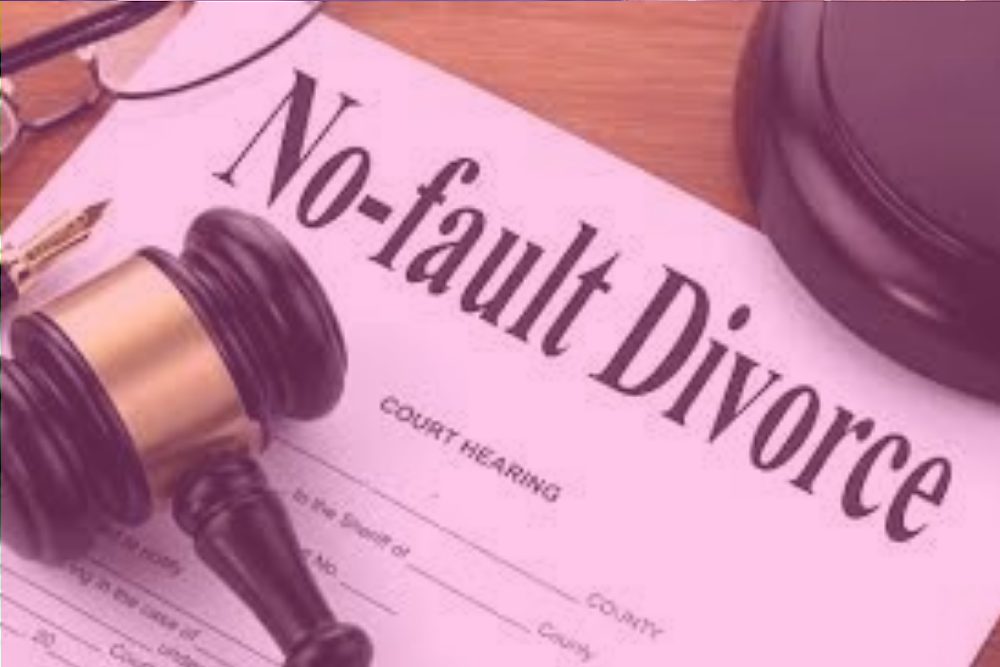Divorce is the legal process used to end a marriage. The Federal Circuit and Family Court of Australia and the Family Court of Western Australia are the only courts that can grant divorces in Australia. This page provides information about getting a divorce in Australia.
What is marriage?
In Australia, marriage is defined as ‘the union of two people to the exclusion of all others voluntarily entered into for life.’ A marriage is Australia is valid provided the two people:
- understand the effect of marriage and consent to the marriage
- are old enough to marry
- are not married to someone else
- are not in a prohibited relationship (for example, siblings)
If a marriage occurs between two people who do not fulfil the above criteria, it is void under section 23B of the Marriage Act 1961. This may occur where one or both people were underage or where one person was already to someone else. It may also occur where a party consented to the marriage because of duress of fraud.
No-fault divorce system
In Australia, we have a ‘no-fault’ divorce system. This means that it is not necessary to establish that anyone has been at fault in order to get a divorce. It is only necessary to show that the relationship has broken down irretrievably.
A relationship will be found to have broken down irretrievably if at least 12 months have passed since the couple separated and there is no prospect of reconciliation.
Separation
An application for divorce can only be made after two spouses have been separated for at least 12 months. Separation usually means that the two spouses live in different homes, but it is also possible to be ‘separated under one roof’.
Counselling
Spouses who have been married for less than two years must seek marriage counselling before an application for a divorce will be accepted by the court. However, in some situations, this requirement can be waived – for instance, where there has been domestic violence.
Divorce application
A person can apply for a divorce as a sole applicant. Alternately, the two spouses can make an application together and share the cost of the application.
A spouse cannot stop the other spouse from filing for divorce and they cannot stop the court granting the divorce. However, if only one spouse is seeking a divorce, they will need to file a ‘sole application’, pay the application fee in full themselves, and serve the other spouse with the divorce papers.
An Application for Divorce is made online via the Commonwealth Courts Portal.
Service of documents
When a person applies for divorce, they must let the other spouse that they have done so and provide them with certain documents including a copy of the divorce application prior to the divorce hearing.
Divorce applications can be served either by post or delivered in person, but the applicant cannot themselves carry out personal service on their spouse. Personal service requires another person such as another family member or a process server to hand over the documents on the applicant’s behalf.
Divorce papers must be served at least 28 days before the divorce hearing (if the respondent lives in Australia) or 42 days before the hearing (if they live outside of Australia).
Divorce hearings
In most of Australia, divorce hearings are held in the Federal Circuit and Family Court of Australia. However, in Western Australia they are held in the Family Court of Western Australia.
The divorcing spouses do not need to attend court unless the divorce application is a sole application and the couple has a child under 18.
A divorce application will be reviewed by a Registrar, who will decide whether or not to grant the divorce. The divorce will be granted provided the requirements for divorce in Australia and the procedural requirements have been met.
Where two people were married overseas
If two people married outside of Australia, but the marriage is recognised in Australia, then the marriage can be dissolved by the Federal Circuit and Family Court of Australia.
If the marriage certificate is not in English, the person or persons applying for divorce must provide an English translation of the certificate together with an affidavit stating that the translation is accurate signed by a certified translator.
If you require legal advice or representation in any legal matter contact Taylor Rose.




